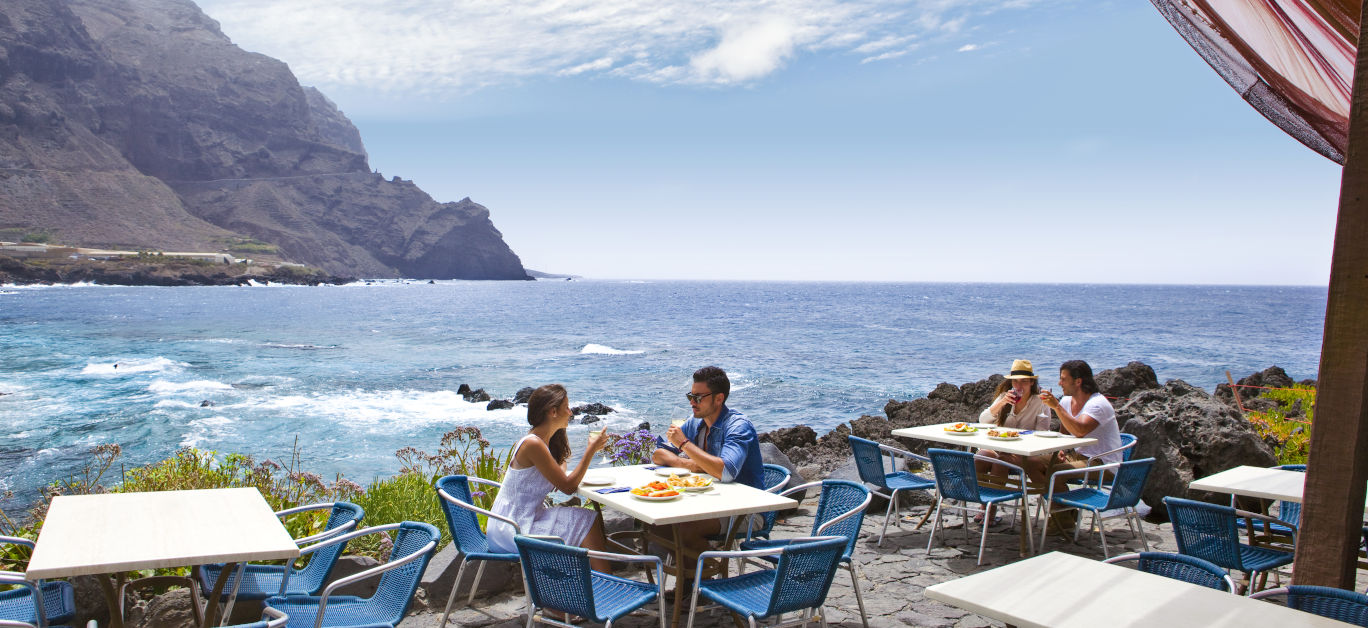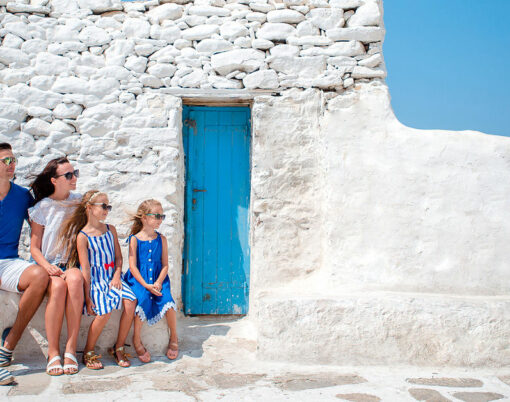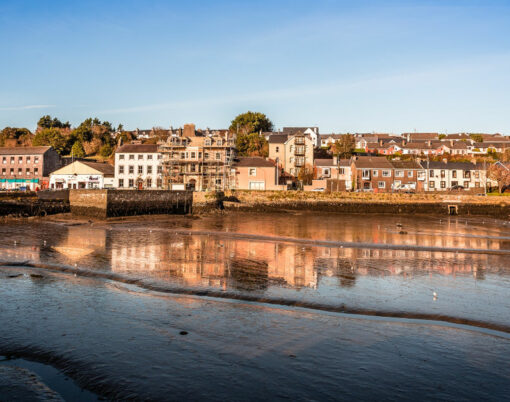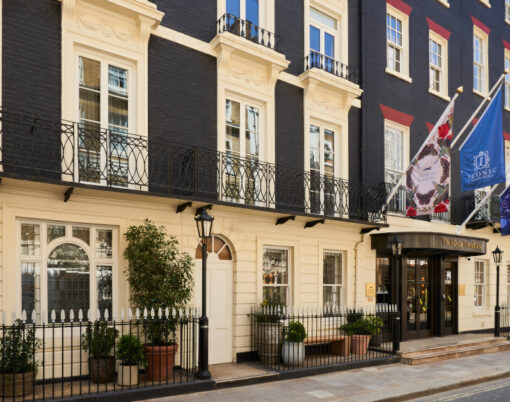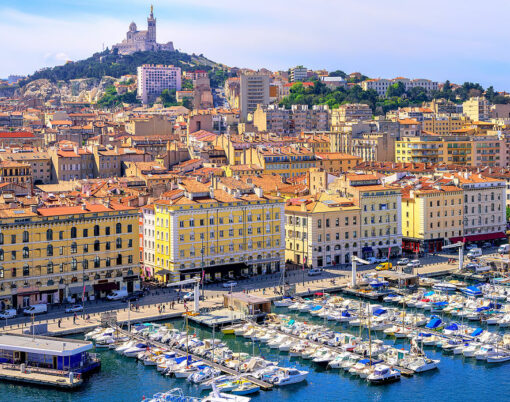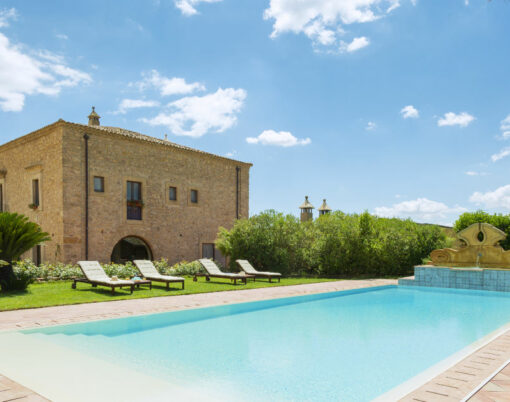A fantastic climate, a wide range of activities, black-sand beaches, breath-taking landscapes and unforgettable emotions, Tenerife’s scenery alone provides reason enough to visit the largest of the Canary Islands. But with a spectacular cuisine scene that’s reinventing Canarian recipes and reviving local ingredient use, this sun-kissed Spanish island offers an explosion of all senses and leaves visitors with no doubt when choosing their next trip.
How long has it been since you tasted something that turned all your preconceived ideas on their head? There comes a time when eating is no longer a mere act of survival and becomes an experience that lights up all your senses. That time comes when you discover a cuisine that is a universe of flavours, textures, colours and smells that you didn’t know existed until that very moment.
Tenerife’s varied climate and landscapes have their effect on its exquisite gastronomy. Its cuisine is simple yet delicious, made using the products yielded by the land. It is rich in fruit, much of which is tropical like papaya; vegetables, with varieties that seem particularly exotic to visitors; fresh fish, avocados, Tenerfie’s Canarian tomato, meat, potatoes and more. These potatoes are best sampled with the Canary Islands’ most renowned sauce, mojo, which can be red or green or seasoned with paprika, black pepper or the local variety of red peppers.
We take a deeper look at the fine foods available to visitors of the islands and what makes them so special.
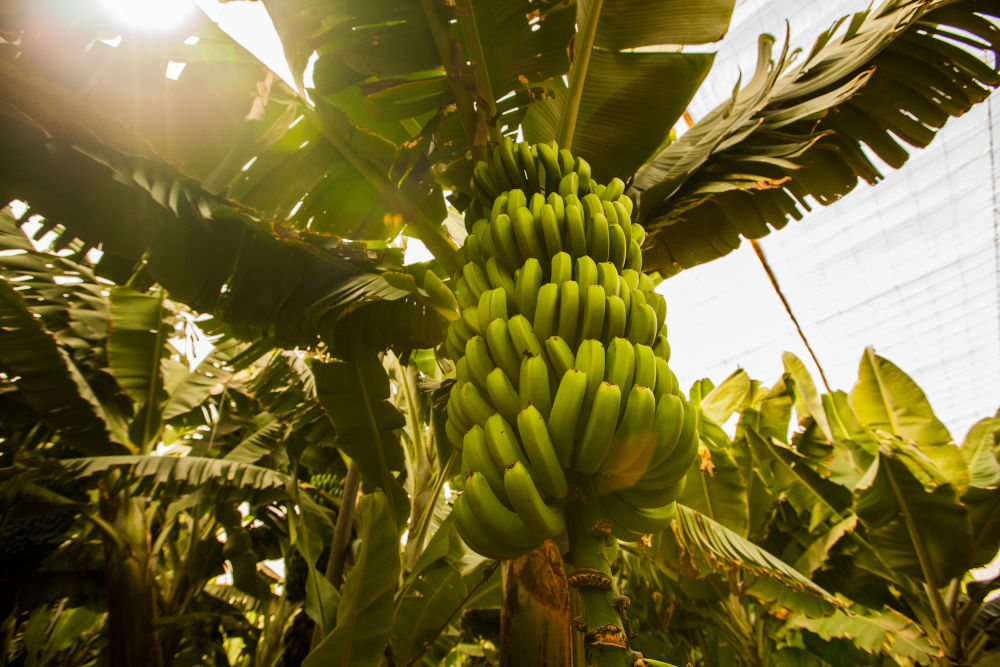
Bananas
Canarian bananas are probably one of the archipelagos best-known products. The taste of Canarian bananas, the main crop in Tenerife and the rest of the Canaries, is unmistakable and of such high quality that it is unmatched. Here, bananas are grown under the best weather and altitude conditions as well as in the island’s ideal, volcanic soil. The result is a small, yellow fruit with small spots on its skin that is distinctive of its origin.
This is the only type of banana in the world to have been distinguished with a Protected Geographical Indication (PGI), which ensures its uniqueness and superb quality. Their sweetness and high nutritional value make these bananas a favourite fruit among sportsmen and nutritionists, both within and beyond the Canary Islands, where they are grown in the traditional way on small plantations. Although bananas are usually eaten raw just as they come, you will often find them in milkshakes, ice cream, sweet skewers or even fried, either whole or in slices.
The locals like to eat their bananas fresh, although they are also used in dishes such as arroz a la cubana (rice, sausages, egg and fried banana) and many others. Bananas are also used to make marmalade, jam and liqueurs, and during your holidays you can visit banana plantations that have been around since the 15th and 16th centuries.
Potatoes
The potato is a popular part of the diet in the Canarian archipelago. The Canarian variety of this tuber, originally from South America, is completely different from the ones eaten on mainland Spain. On the islands, the potato is small, round and very tasty, which is why it is commonly used in traditional cuisine. It usually accompanies most dishes, as well as being eaten on its own, as in papas arrugadas con mojo, which are ‘wrinkled’ potatoes (jacket potatoes boiled in salt) served with a traditional sauce.
Nowadays, there are over twenty varieties, among which papas bonitas (pretty potatoes), papas negras (black potatoes) and papas Quineguas or Chineguas (King Edward potatoes) are particularly worth mentioning.
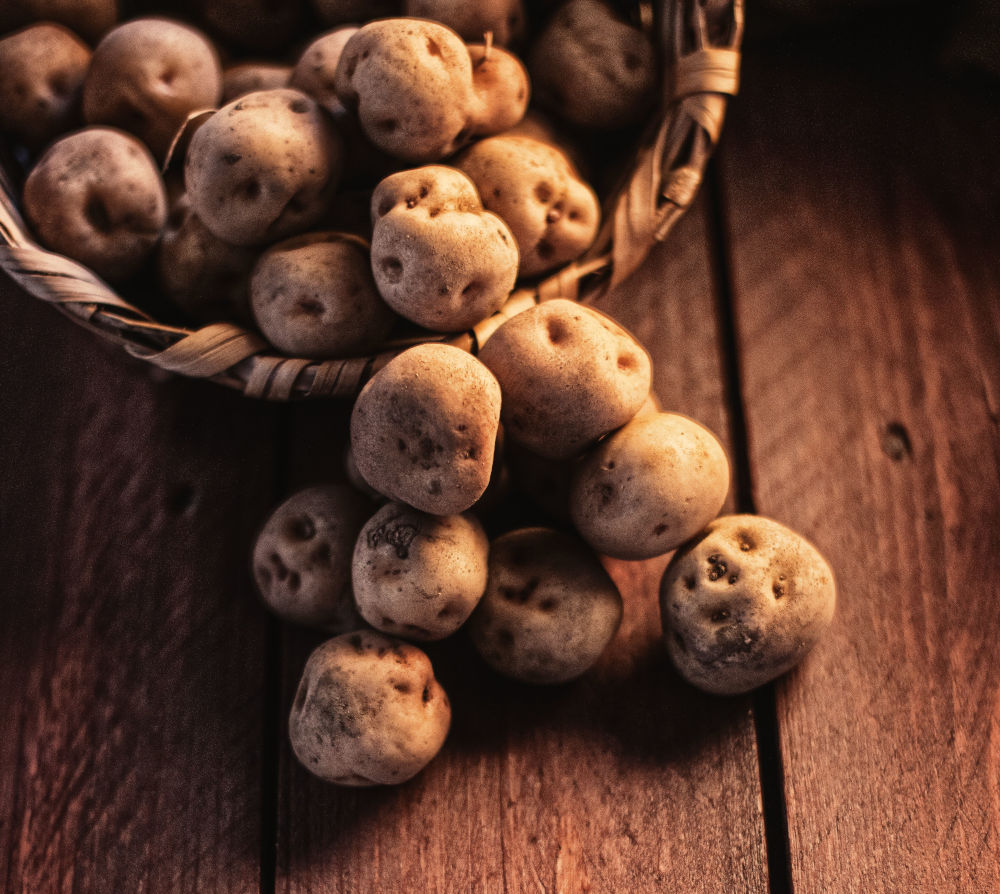
Cheese
It should not surprise you that the Canary Islands is the autonomous region that consumes the most cheese per person each year, with figures that vary between 14 and 16 kilograms per person. In total volume this adds up to about 24,000 tonnes a year. Of this amount about half is locally produced, and approximately 80 per cent of these are farmhouse cheeses which generate an important income for the farming sector.
The local cheese, which is usually made of goats’ milk, makes for a very typical starter. Soft and fresh or air-dried, Tenerife’s cheeses are famous for their soft texture and special aroma, announcing a clean taste that is slightly acidic and salty. Arico-Fasnia, Anaga, Teno and El Tanque are some of the island’s most prominent cheese-making areas. Recently, several of the island’s cheeses earned a series of international accolades.
The most commonly eaten cheese is called fresco (fresh), just a few days old, without too much pressing and drained on its own. It has a light, pleasant taste, slightly salty with an aroma of fresh milk. There are also fresh cheeses, which are smoked with special woods, almond shells etc, which gives them a unique character and a longer shelf life.
Cured cheeses require a few weeks in storage and there are various methods for doing this, ranging from natural methods to others in which the cheese is covered with pepper or Gofio. These methods are typical of cheeses from the Anaga area, where Gofio is made from millio (the common name for sweet corn on the Canary Islands).
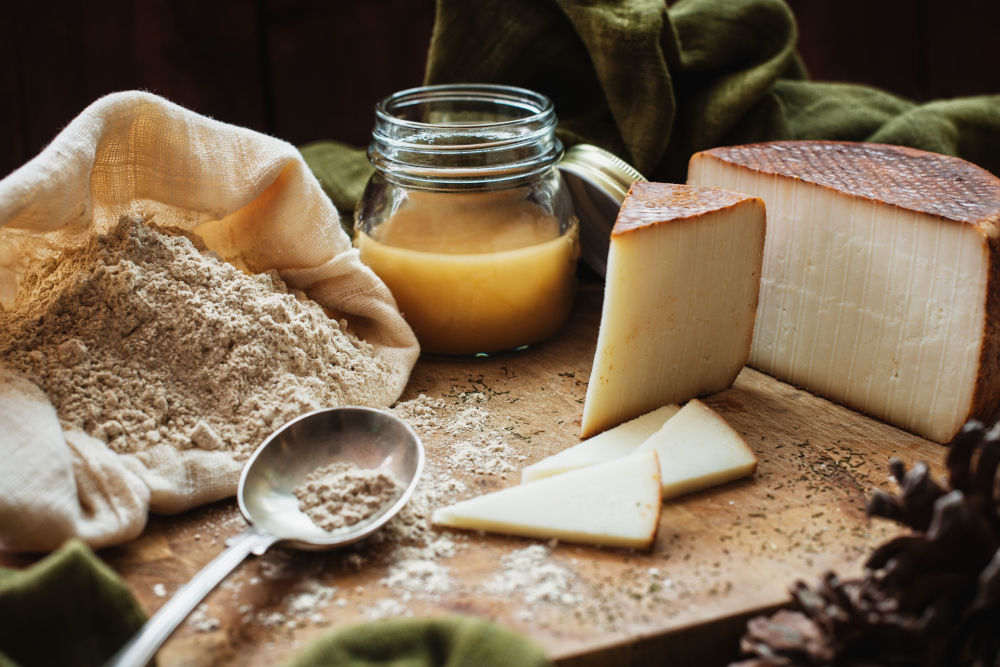
There is not a large number of cheese recipes in restaurants or in homes: mainly cheese accompanies a range of dishes, especially potajes (vegetable soups and broths), and in the past, cheese was eaten with fruit, such as grapes, figs and bananas, as well as with the excellent honey that hails from Tenerife. The recipe most commonly used is queso asado (fried cheese) or queso a la plancha (grilled cheese), where it is usually accompanied by a mojo (sauce) nearly always made from light or green coriander or parsley, although sometimes red sauces are used.
Honey
The touch of sweetness on the menu is supplied by honey, an extremely natural and wonderfully special ingredient. The island produces some unique varieties as they are made by endemic bees from autochthonous flowers species. One of the most unique honeys is made from the Teide broom flower.
Wines
Tenerife’s wine is the best choice to go with your main meal and dessert, or with a simple Canarian cheese board. Whites, rosés, reds or malvasias, they all embody the island’s unique climate and geology in their flavour. Around a hundred wineries in Tenerife enable you to enjoy a glass of fine wine in a privileged setting, either on their own premises or at the restaurants where their products are served.
For centuries, grapes have been one of the island’s main crops. Grape vines reached Tenerife with the first European visitors in the 15th century and have since become an essential part of its agriculture. Here, winemakers have implemented a range of modern and environmentally friendly techniques, while at the same time keeping traditional methods alive, especially in terms of grape harvesting which is done with great care. These processes give rise to wines with special bouquets and flavours that are ideally served with Tenerife’s cuisine. The wines produced are full of character owing to Tenerife’s somewhat wild volcanic and Atlantic nature.
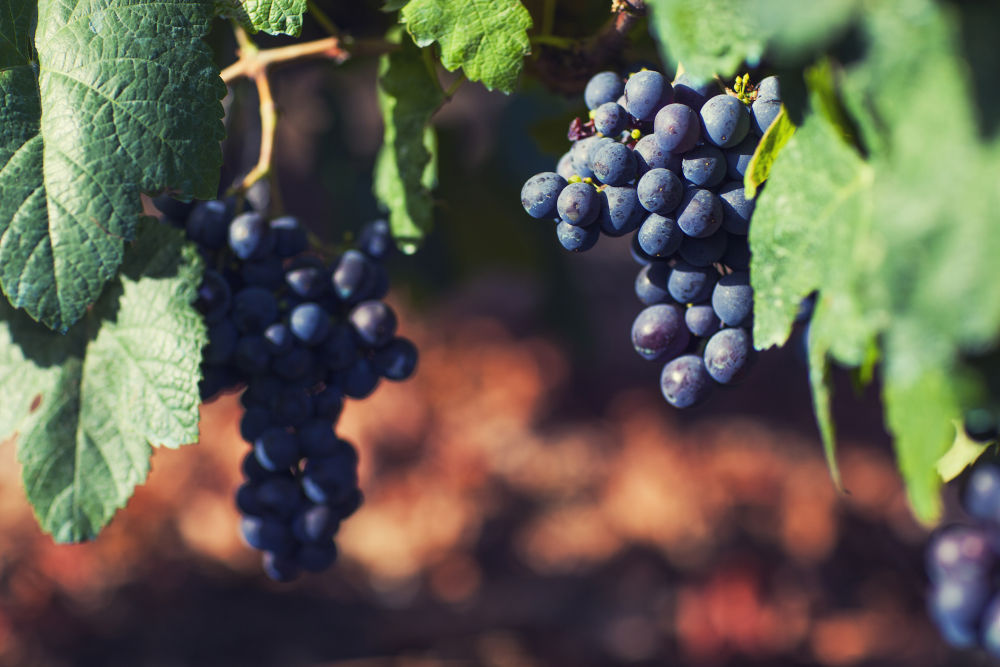
The island has five different wine-making regions: Tacoronte-Acentejo, Ycoden-Daute-Isora, the Valley of La Orotava, the Valley of Güímar and Abona. The rich volcanic soil in these regions where the vines are planted confers them with special character and distinct nuances.
Special mention should be made of the wine made with the Malvasia grape. In the 16th and 17th century, the demand for these wines came frequently from Europe, and it was regularly served in the royal abodes on the Old Continent. Even William Shakespeare and Walter Scott speak of them in their work.
The wealth and variety of Tenerife’s wines has seen them served for over four centuries on any occasion and with any of the island’s gastronomical delicacies. Their Atlantic and volcanic origin together with the fact that they are produced from ungrafted grape varieties make them unique wines and wonderful ambassadors of Tenerife’s landscapes and people.
Michelin-starred restaurants in Tenerife
Fine dining enthusiasts to the island will be pleased to discover a great selection of Michelin-starred restaurants in Tenerife, utilising the fantastic range of ingredients found on the island. All restaurants retained their star status this year and there are even more fine dining establishments, which are recommended in the guide too. From M.B, Kabuki, La Cupula Restaurant and Restaurante El Rincon de Juan Carlos along the west coast to Kazan, Nub Restaurante, Terrazas del Sauzal and Brunelli’s on the north and north east coast, you are truly spoilt for choice.
Recipes
Beyond the traditional wrinkly potatoes and mojo sauce, Tenerife boasts no end of typical dishes prepared with the island’s finest raw ingredients. Fish, meat, legumes, vegetables, sauces and fabulous desserts join forces to create a wonderful recipe book that will allow you to reproduce your favourite island dishes at home. We take a look at two previously mentioned island specialities that are simple to make and will provide you with some welcome nostalgia when preparing them at home.
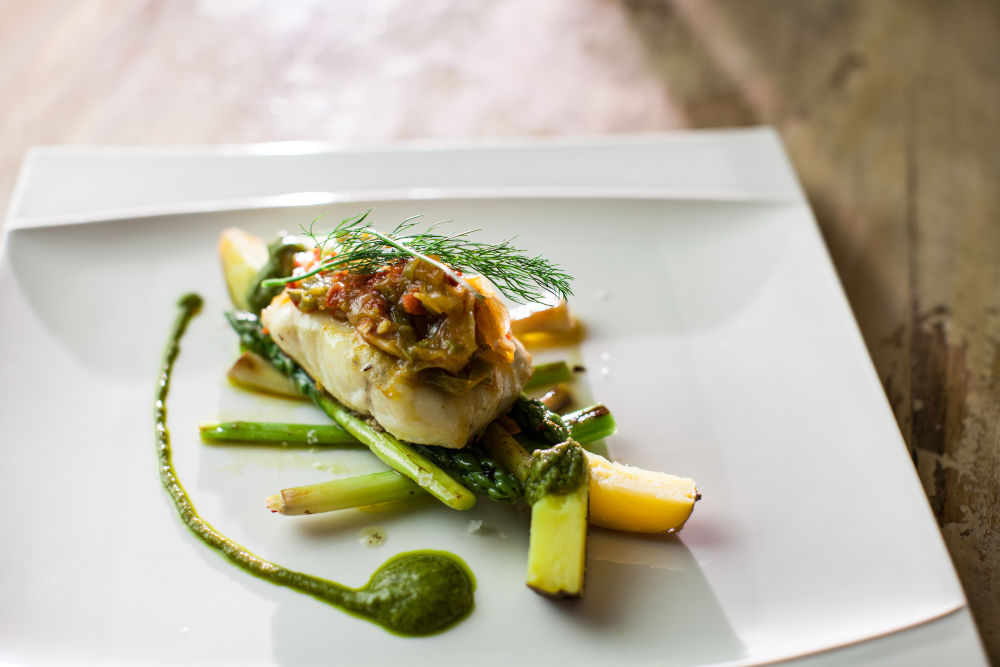
Mojo verde
Preparation: Put a fistful of salt and a handful of fresh, finely chopped coriander, some garlic cloves and a tip of a teaspoon of cumin in a mortar. Crush all the ingredients well and add a few green chilli peppers cut into strips. Continue crushing until you get a paste that mixes well with a splash of oil and a little vinegar. Some people add a little dry white wine, though this is optional.
Papas arrugadas
There are many ways to ‘wrinkle’ potatoes, and the method we explain here is one of the simplest, most efficient and widely used.
Preparation: Put the unpeeled potatoes in a large, deep pan and fill with enough water to cover them (seawater is even better). For every kilogram of potatoes, add a quarter of a kilogram of salt – it doesn’t matter if you put in more, as the potatoes absorb only what is necessary. Put the pan on the flame and cover it with a clean cloth or wrapping paper on top of which the lid is placed.
Wait while the potatoes boil for between 20 to 30 minutes, time enough for them to soften, then pour away the water and drain the potatoes well. Without taking them out of the pan, throw another handful of salt over them and dry them on a low flame while shaking them inside the pot for a short time (usually just under a minute).
All imagery courtesy of Turismo de Tenerife.












